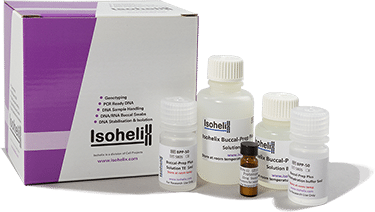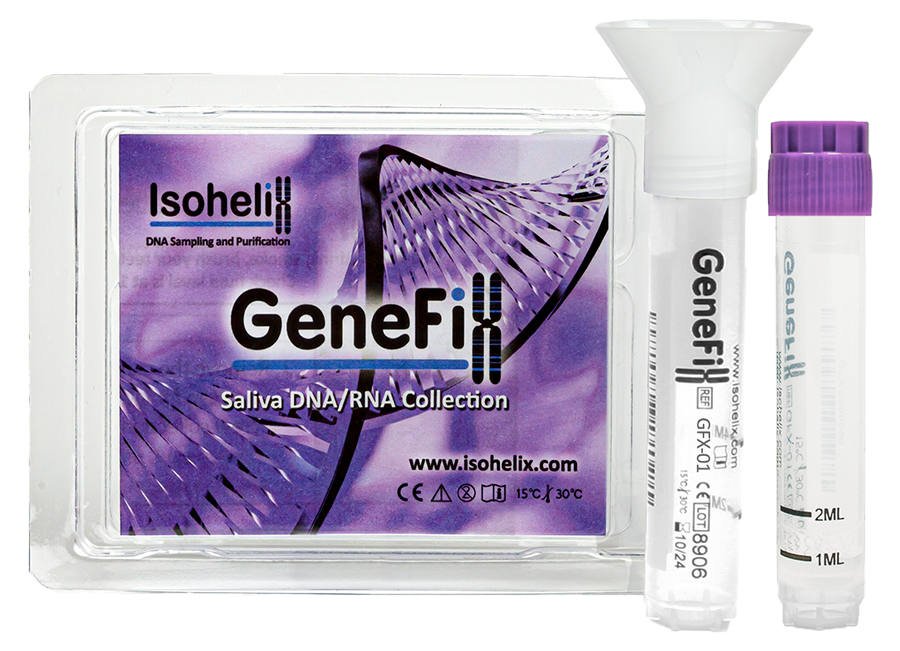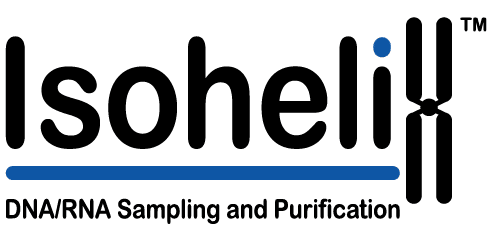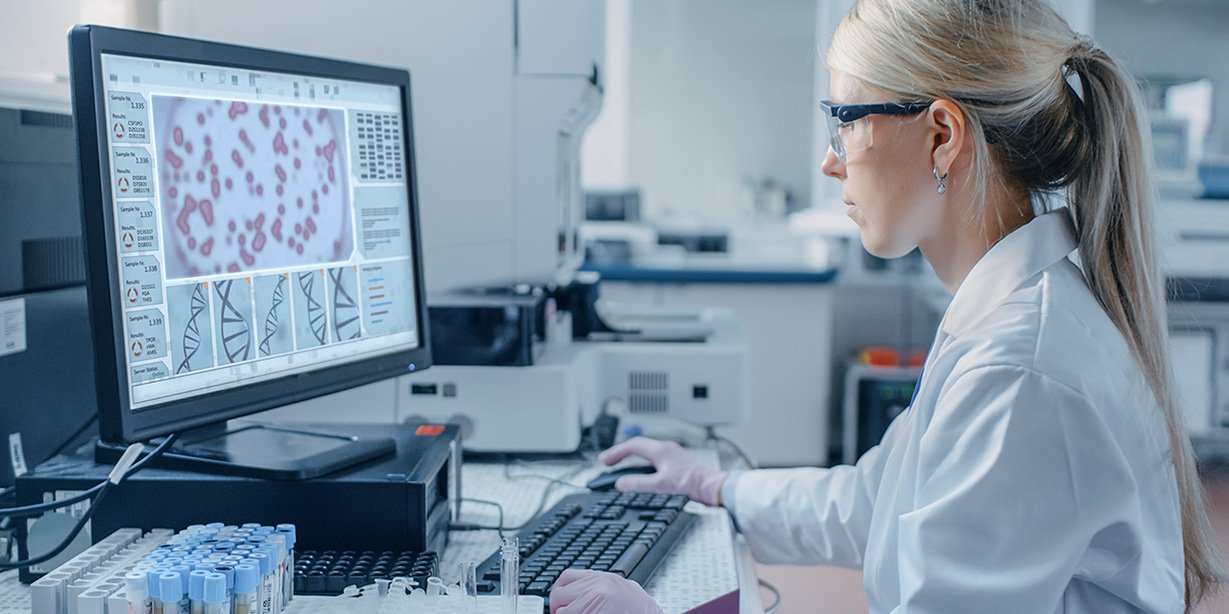
High molecular weight (HMW) DNA is important for applications that require the use of very long DNA molecules, such as long read sequencing. Long-read sequencing enables the detection of variants that are often difficult to resolve with short reads, such as structural variants, complex rearrangements, and variants in highly repetitive regions.
In order to fully take advantage of long-read sequencing, high quality, high molecular weight (HMW) input DNA is required. Traditional DNA extraction methods often result in fragmented DNA samples. If these shorter fragments are not removed, the average length of sequencing reads, and subsequent effectiveness of long-read analyses are reduced.
To address this requirement, Isohelix has developed the Mag-Filter HMW Clean Up Kit, which employs magnetic beads alongside specialized size selection chemistry to isolate high molecular weight DNA fragments from extracted DNA samples, while removing smaller DNA fragments and other contaminants from samples.
Samples prepared using the Mag-Filter HMW Clean Up Kit are perfect for NGS and long-read sequencing applications.
HMW DNA Cleanup and Size Selection
The Mag-Filter HMW kit removes low molecular weight DNA while safeguarding high molecular weight DNA integrity. High purity HWM DNA is achieved through DNA sample cleanup and size selection.

HMW DNA from saliva and buccal swab samples
The Mag-Filter HMW kit is optimized for use with extracted saliva samples but can be used on DNA from a variety of sample sources, such as buccal swabs. It can also be used to increase sample purity, allowing the use of valuable samples with initially low purity that might otherwise fail quality control checks.

Simple to Use HMW DNA Preparation
The kit is simple to use and can cleanup samples for library prep in less than one hour. All kit components are non-hazardous, and gel separation is not required. The kit protocol can also be easily adjusted to accommodate varying sample volumes; the protocol is fully scalable, from small manually processed sample batches up to plate-based high throughput automation.

